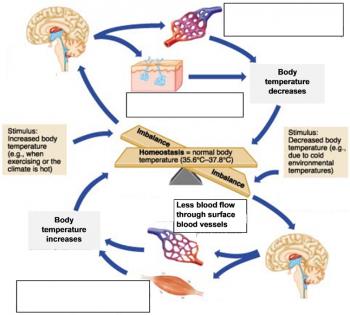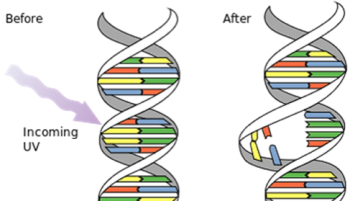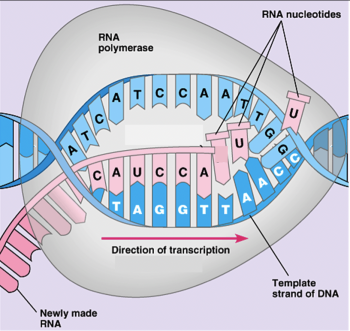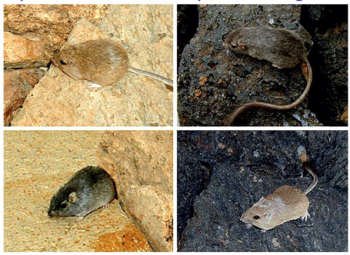Serendip is an independent site partnering with faculty at multiple colleges and universities around the world. Happy exploring!

Lifting the Branch
My tree
tells me I have got you, apple.
Now hand to branch
to yes, take my trunk.
Yell oh,
here, like hair like feathers like leaves!
Will the rustling leaves
of the swaying tree
say, no yell, oh?
Adam’s apple,
state the roots, stay the trunk,
and lunging branch.
Branch
out into orchard, think of the leaves.
Yes give us a trunk and another trunk.
Tree
loves its apple
so yellow, yell oh!
We yell over and over oh,
before falling from the branch.
Apple
loves the leaves.
So the tree
is asking touch my trunk.
Tough the bark of the trunk,
still it will yell oh!
Telling, poem ate tree.
Tender it is; the branch
never leaves
apple.
Apple
is alive with trunk.
Leaves
between orange and green and yell oh!
Growing to branch.
This is what it’s like making love with a tree.
Ah the apple. Ah the leaves.
Ah the trunk. Ah the branch.
Yell oh! Ah, says the tree.




 Students learn about the effects of UV light, mutations and DNA repair on the survival of prokaryotes and the risk of skin cancer. In the first experiment, students evaluate the effects of different durations of UV exposure on survival and population growth of Haloferax volcanii. This experiment also tests for photorepair of DNA damage. Students design the second experiment, which evaluates the effectiveness of sunscreen. In addition, students answer analysis and discussion questions that promote their understanding of molecular biology, cancer, and the interpretation of experimental results.
Students learn about the effects of UV light, mutations and DNA repair on the survival of prokaryotes and the risk of skin cancer. In the first experiment, students evaluate the effects of different durations of UV exposure on survival and population growth of Haloferax volcanii. This experiment also tests for photorepair of DNA damage. Students design the second experiment, which evaluates the effectiveness of sunscreen. In addition, students answer analysis and discussion questions that promote their understanding of molecular biology, cancer, and the interpretation of experimental results. 




